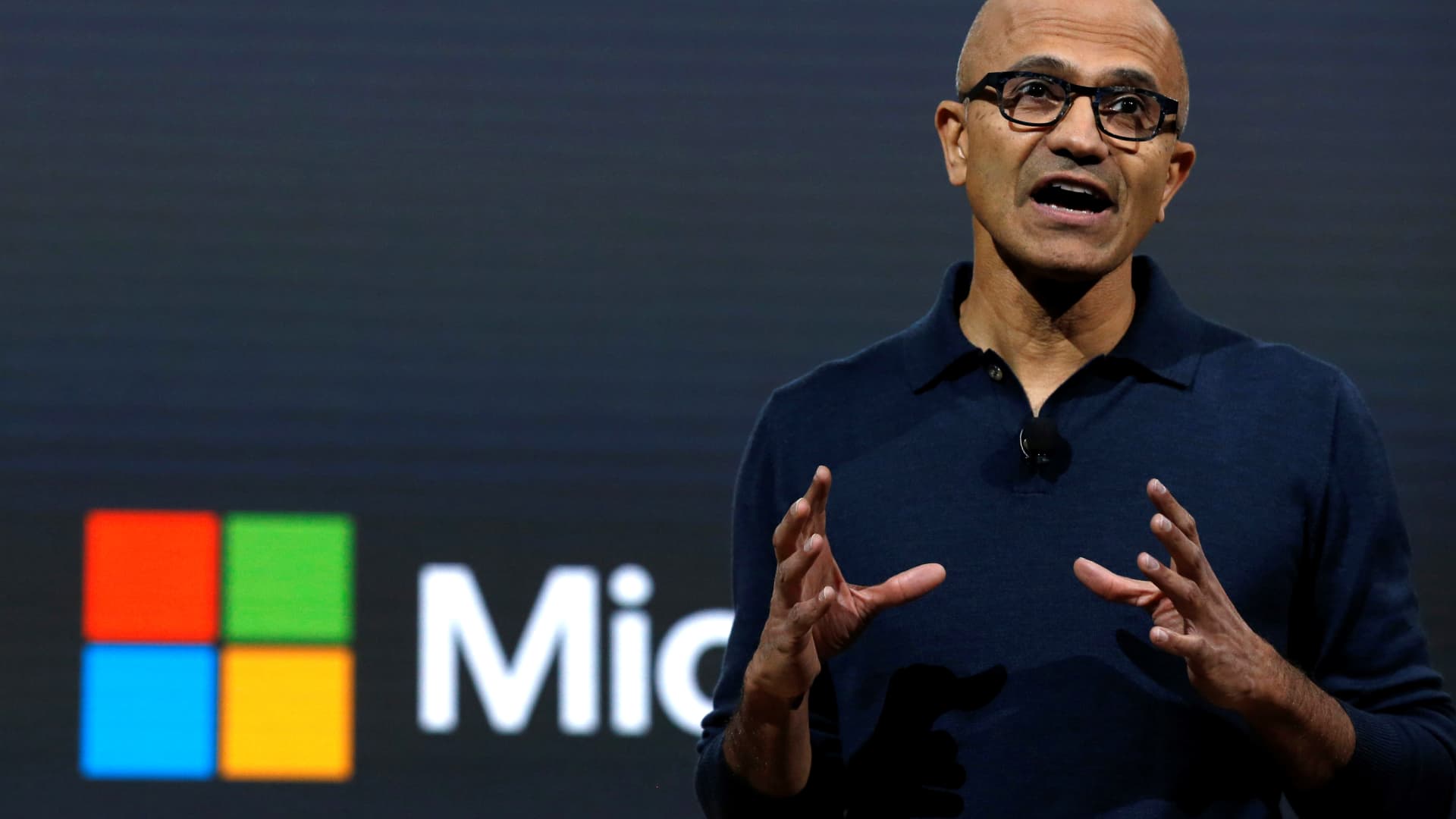
Some major advertisers including Dyson, Mazda, and chemicals company Ecolab have suspended their marketing campaigns or removed their ads from parts of Twitter because their promotions are appearing alongside tweets soliciting child pornography, the companies told Reuters.
Ads for at least 30 brands, ranging from Walt Disney, Comcast’s NBCUniversal and Coca-Cola to a children’s hospital, have appeared on the profile pages of Twitter accounts that peddle links to the exploitative material, according to a Reuters review of accounts identified in new research about child sex abuse online from cybersecurity group Ghost Data.
Some of tweets include key words related to “rape” and “teens,” and appeared alongside promoted tweets from corporate advertisers, the Reuters review found. In one example, a promoted tweet for shoe and accessories brand Cole Haan appeared next to a tweet in which a user said they were “trading teen/child” content.
“We’re horrified,” David Maddocks, brand president at Cole Haan, told Reuters after being notified that the company’s ads appeared alongside such tweets. “Either Twitter is going to fix this, or we’ll fix it by any means we can, which includes not buying Twitter ads.”
In another example, a user tweeted searching for content of “Yung girls ONLY, NO Boys,” which was immediately followed by a promoted tweet for Texas-based Scottish Rite Children’s Hospital. Scottish Rite did not return multiple requests for comment.
In a statement, Twitter spokesperson Celeste Carswell said the company “has zero tolerance for child sexual exploitation” and is investing more resources dedicated to child safety, including hiring for new positions to write policy and implement solutions.
She added that Twitter is working closely with its advertising clients and partners to investigate and take steps to prevent the situation from happening again.
Twitter’s challenges in identifying child abuse content were first reported in an investigation by tech news site The Verge in late August. The emerging pushback from advertisers that are critical to Twitter’s revenue stream is reported here by Reuters for the first time.
Like all social media platforms, Twitter bans depictions of child sexual exploitation, which are illegal in most countries. But it permits adult content generally and is home to a thriving exchange of pornographic imagery, which comprises about 13 percent of all content on Twitter, according to an internal company document seen by Reuters.
Twitter declined to comment on the volume of adult content on the platform.
Ghost Data identified the more than 500 accounts that openly shared or requested child sexual abuse material over a 20-day period this month. Twitter failed to remove more than 70% of the accounts during the study period, according to the group, which shared the findings exclusively with Reuters. Reuters could not independently confirm the accuracy of Ghost Data’s finding.
After Reuters shared a sample of 20 accounts with Twitter, the company removed about 300 additional accounts from the network, but more than 100 others still remained on the site the following day, according to Ghost Data and a Reuters review.
Reuters then shared the full list of more than 500 accounts after it was furnished by Ghost Data, which Twitter reviewed and permanently suspended for violating its rules, said Twitter’s Carswell.
Andrea Stroppa, the founder of Ghost Data, said the study was an attempt to assess Twitter’s ability to remove the material. He said he personally funded the research after receiving a tip about the topic.
Twitter suspended over 1 million accounts last year for child exploitation material, according to the company’s transparency reports.
“There is no place for this type of content online,” a spokesperson for carmaker Mazda USA said in a statement to Reuters, adding that in response, the company is now prohibiting its ads from appearing on Twitter profile pages.
A Disney spokesperson called the content “reprehensible” and said they are “doubling-down on our efforts to ensure that the digital platforms on which we advertise, and the media buyers we use, strengthen their efforts to prevent such errors from recurring.”
A spokesperson for Coca-Cola, which had a promoted tweet appear on an account tracked by the researchers, said it did not condone the material being associated with its brand and said “any breach of these standards is unacceptable and taken very seriously.”
NBCUniversal said it has asked Twitter to remove the ads associated with the inappropriate content.
Code words
Twitter is hardly alone in grappling with moderation failures related to child safety online. Child welfare advocates say the number of known child sexual abuse images has soared from thousands to tens of millions in recent years, as predators have used social networks including Meta’s Facebook and Instagram to groom victims and exchange explicit images.
For the accounts identified by Ghost Data, nearly all the traders of child sexual abuse material marketed the materials on Twitter, then instructed buyers to reach them on messaging services such as Discord and Telegram in order to complete payment and receive the files, which were stored on hosting platforms like New Zealand-based Mega and US-based Dropbox, according to the group’s report.
A Discord spokesperson said the company had banned one server and one user for violating its rules against sharing links or content that sexualize children.
Mega said a link referenced in the Ghost Data report was created in early August and soon after deleted by the user, which it declined to identify. Mega said it permanently closed the user’s account two days later.
Dropbox and Telegram said they use a variety of tools to moderate content but did not provide additional detail on how they would respond to the report.
Still the reaction from advertisers poses a risk to Twitter’s business, which earns more than 90 percent of its revenue by selling digital advertising placements to brands seeking to market products to the service’s 237 million daily active users.
Twitter is also battling in court Tesla CEO and billionaire Elon Musk, who is attempting to back out of a $44 billion (roughly Rs. 3,60,300 crore) deal to buy the social media company over complaints about the prevalence of spam accounts and its impact on the business.
A team of Twitter employees concluded in a report dated February 2021 that the company needed more investment to identify and remove child exploitation material at scale, noting the company had a backlog of cases to review for possible reporting to law enforcement.
“While the amount of (child sexual exploitation content) has grown exponentially, Twitter’s investment in technologies to detect and manage the growth has not,” according to the report, which was prepared by an internal team to provide an overview about the state of child exploitation material on Twitter and receive legal advice on the proposed strategies.
“Recent reports about Twitter provide an outdated, moment in time glance at just one aspect of our work in this space, and is not an accurate reflection of where we are today,” Carswell said.
The traffickers often use code words such as “cp” for child pornography and are “intentionally as vague as possible,” to avoid detection, according to the internal documents. The more that Twitter cracks down on certain keywords, the more that users are nudged to use obfuscated text, which “tend to be harder for (Twitter) to automate against,” the documents said.
Ghost Data’s Stroppa said that such tricks would complicate efforts to hunt down the materials, but noted that his small team of five researchers and no access to Twitter’s internal resources was able to find hundreds of accounts within 20 days.
Twitter did not respond to a request for further comment.
© Thomson Reuters 2022










